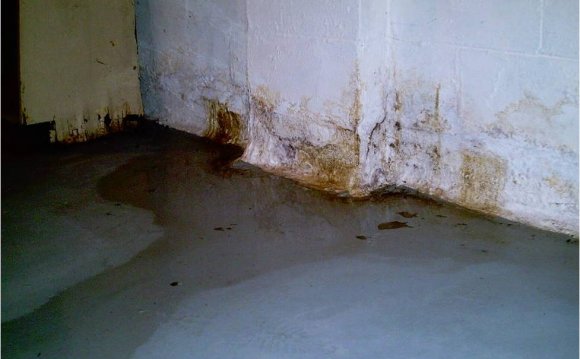

Water Seepage Between Basement Wall & Floor
If you notice that water is coming into your basement or crawlspace where the floor meets the wall (an area called the cove), it can be hard to determine the actual cause of the leakage. In the most general terms here’s what’s happening: water is collecting on the outside of your home – either next to your foundation, or below it. As the water continues to collect, the pressure of the water will build. This will enable the water to find the path of the least resistance to reduce the pressure. Sometimes, the path of the least resistance is into your home.
Are you noticing a clogged french drain?
Common causes of water seeping through the cove are high water tables, clogged or failed french drains, improper drainage of surface water (towards the home instead of away from the home), or something called the clay bowl effect which relates to homes whose construction started with digging hole in virgin soil. There are many possible causes to water seeping in through the cove. Because the problems originate underground – either next to your home’s foundation or below it – it can be difficult to identify the one problem you are having that is allowing the water to enter. You also might have more than one problem. That’s why it’s important to find a solution that addresses the five most common ways water seeps into your home.
If you are seeing that water is seeping through the cove, you might also want to try to check for water coming in through the floor of your basement or crawlspace. Cold joints (the joint between two different pieces of concrete that dried at different times/rates) are commonly found in basement floors and are also common points of entry for water. Finally, you will also want to look at the bottom three feet of the walls around your basement or crawlspace – due to cinder blocks and elements of your foundation this lower section of the walls is also a common place for water to enter your home.









